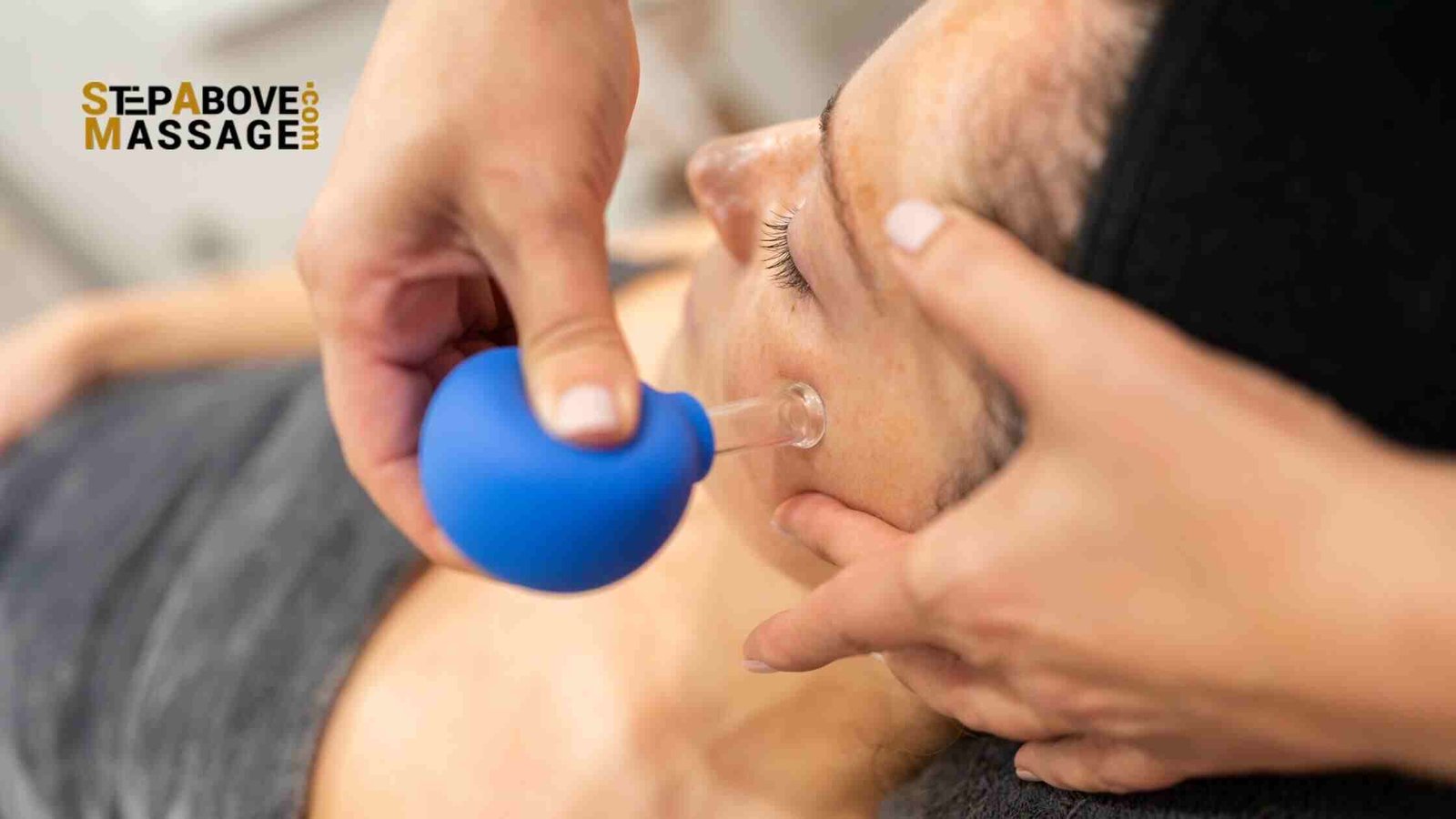A ganglion cyst is also goddamn annoying. This last is a small nodosal swelling on or below the skin on joints/tendons that can be painful to touch and limit range of motion in these cases. Let’s say you’re a massage therapist and your client has a ganglion — what should you do? Is it a part of your body that you should carefully massage around? So, should you avoid it completely? I am here to steer you in the right direction. How to handle this is key. If you are careful and thoughtful, it is possible to reduce some of their pain without hurting the cyst further. Here we explore the best way one can massage a client with a ganglion under consideration of their comfort and safety.
Should You Avoid Massaging the Ganglion Area?
Techniques to Use
Effleurage: This is a light, gliding stroke that is very useful in relaxing the muscles around the cyst. It helps stimulate blood flow and can be soothing.
Petrissage is another form of kneading that can be done on areas a little further away from the ganglion to release tension in the muscles.
Stretching: Gentle stretching to the affected joint can be imparted for mobility’s sake, but do ask your client to give up if there is any feeling of pain.
Remember, communication is key. Let the client know how they’re feeling throughout the session with you so you do not make them uncomfortable with anything.
Managing Pain and Discomfort
How to Ensure Comfort
Let the client know that it is acceptable to express any discomfort during the session and that open communications are necessary for modification of techniques applied.
Post-Massage Care

Any massage work with a client presenting with a ganglion cyst is very considerate and implicating, to avoid applying direct pressure on the cyst, which may exacerbate the condition. Sessions will have to focus on the surrounding muscles, using gentle, relaxing strokes-such as effleurage and petrissage-and again, should be well-communicated with the client at all times for comfort and safety.
The massage therapist also plays the role of relieving-not just the physical but also the feeling-that one has been listened to and cared for. Although you cannot work directly on the cyst, your work will contribute to decreased tension and facilitate easier movement for your client.
FAQs:
Can massage therapy eliminate a ganglion cyst?
Massage therapy cannot rid anyone of a ganglion cyst because such cysts are fluid-filled, and medical intervention is quite often necessary. Massage can be of some help in relieving some of the irritations that come along with a ganglion by relieving tension in surrounding muscles and improving circulation. Always avoid direct pressure on the cyst itself to avoid any aggravation. If the cyst becomes painful or is causing persistent discomfort, your client should consult a doctor for appropriate treatment options.
What are the best for clients with ganglion cysts?
Light and gentle strokes, such as effleurage and petrissage, are suggested as the most appropriate massage techniques for clients with ganglion cysts. These strokes help to relax the muscles, improve circulation, and do not put any stress on the cyst. This can be followed by stretching of the joint to aid in improving mobility, while one should avoid deep tissue work around the cyst. Always communicate with your client to make sure they are comfortable and should stop if any pain is felt.
What massage techniques could be most effectively offered to clients presenting with ganglion cyst?
Light, soft strokes in massage, like effleurage and petrissage, work best on ganglion cysts. These will facilitate the release of the muscles, improve circulation, and not stress the cyst. Some stretching of the joint can be done to improve mobility; caretakers should avoid working deep tissues around the cyst. Always communicate and make sure your client is comfortable; stop if any pain arises.
Massage-4. Does massage relieve the size of ganglion cyst?
Massage cannot reduce the size of a ganglion cyst directly. The cyst is fluid-filled, and although it will help with massage to reduce discomfort, it does a great job in improving circulation, which again will not reduce the size of the cyst. In order to reduce the size, one must visit a doctor. Medical treatments, such as aspiration or surgery, are most effective against the removal of a ganglion cyst.
Following the massage, the client with a ganglion cyst should
After the massage, the client should rest the affected joint and avoid repetitive movements that might irritate the ganglion cyst. Application of cold compress may help reduce any swelling or discomfort in the area. If the cyst continues painful, they should seek medical advice. Massage may also help to relieve some of the tension in the soft tissues surrounding the cyst but it is by no means a cure for the condition. Remind the client to continue to monitor symptoms and to seek medical support as may be indicated.










